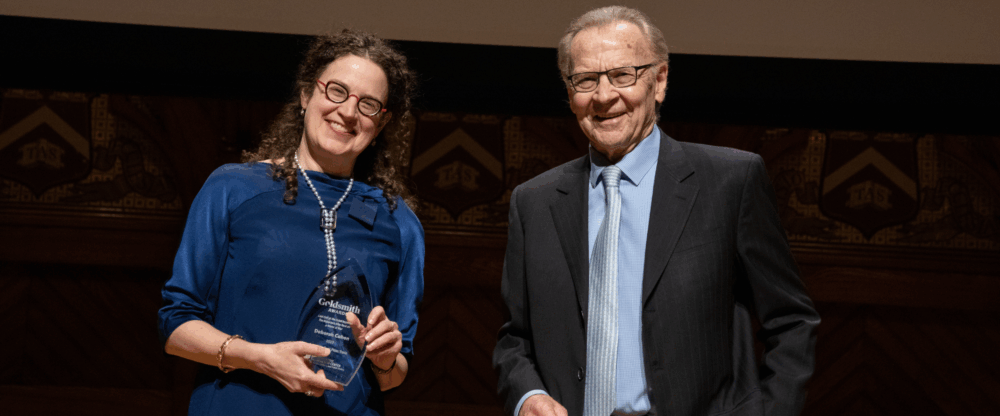
Nominations open for the 2026 Goldsmith Awards

Knight Foundation and the Carnegie Corp. of New York recently announced continued funding for an ongoing effort to reform journalism education. Below, John Wihbey, the managing editor of Journalist’s Resource at Harvard Kennedy School’s Shorenstein Center on Media, Politics and Public Policy, reflects on the progress of the initiative in the context of wider media trends.
The recent media “boomlet” around explanatory journalism – from Vox, FiveThirtyEight and the New York Times’ The Upshot to Bloomberg’s QuickTake and The Conversation – has garnered no shortage of attention and interpretation. A long-term trend? Is there a market for it? Is this a bubble?
The fate of these projects remains unknown, but one under-discussed aspect of their rise is what it may all signal about the evolving information and news marketplace: Because of the interconnected nature of global information and communications technologies, the “who, what, when, where” of events is now often rapidly established and disseminated across media platforms. In many cases, the basic facts are known quickly and universally, and thus there is little need to report them out redundantly. Social media, sensors, automated data streams and other global “eyes and ears” will only accelerate this dynamic.
Hence, the more-rapid production of the interpretive “why” – reporting the wider context – becomes a kind of new frontier, and increasingly a market imperative, for journalists. Read more…


Center News

Center News